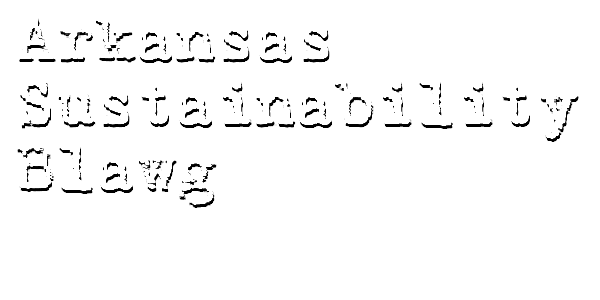At the Arkansas Advanced Energy Association’s “Hour of Power”
event this past August, City of Fayetteville Mayor Lioneld Jordan was blunt: he
intended to do everything within his power to position the City of Fayetteville
to be the first to make Property Assessed Clean Energy, or “PACE,” financing
available to its citizens.
Mayor Jordan and the City of Fayetteville took an important
step towards that goal last week, filing a proposed ordinance that would create
an Energy Improvement District to manage innovative financing programs for
advanced energy improvements on residential, commercial, and industrial real
properties. These programs include PACE financing options.
Act 1074 of 2013, now codified at Ark. Code Ann. Section 8-15-101
et seq., authorized governmental entities to establish energy improvement
districts for the purpose of managing PACE programs. (By way of definition, a
PACE program is “a property assessed clean energy program under which a real
property owner can finance an energy efficiency improvement, a renewable energy
project, and a water conservation improvement on the real property”.)
The PACE Act directs governmental entities to create PACE
districts by adoption of an ordinance. Like traditional improvement districts,
once created, PACE districts are operated and controlled by a Board of
Directors.
This is what the Fayetteville PACE Ordinance accomplishes:
it creates Energy Improvement District No. 1, and creates a seven-member Board
of Directors to operate and manage the District.
Passing the PACE Ordinance does not finish the job. The
District’s Board of Directors will need to be populated, and it will need to
figure out how to govern itself. A means for determining when energy efficiency
improvements will result in “positive cash flow” needs to be worked out. Most
importantly, the financing program needs to be put in place. This means
identifying underwriters, issuing bonds, figuring out how PACE financing will
be occur for residential properties, and, most likely, getting a third-party
administrator in place. But none of these things happen until the PACE
Ordinance is in place.
The proposed PACE Ordinance is on the agenda for the October
15, 2013, meeting of the Fayetteville City Council. The Arkansas
sustainasphere, and this sustainablawger, will be watching.
The Fayetteville PACE Ordinance and some related materials can be found here.
The Fayetteville PACE Ordinance and some related materials can be found here.
